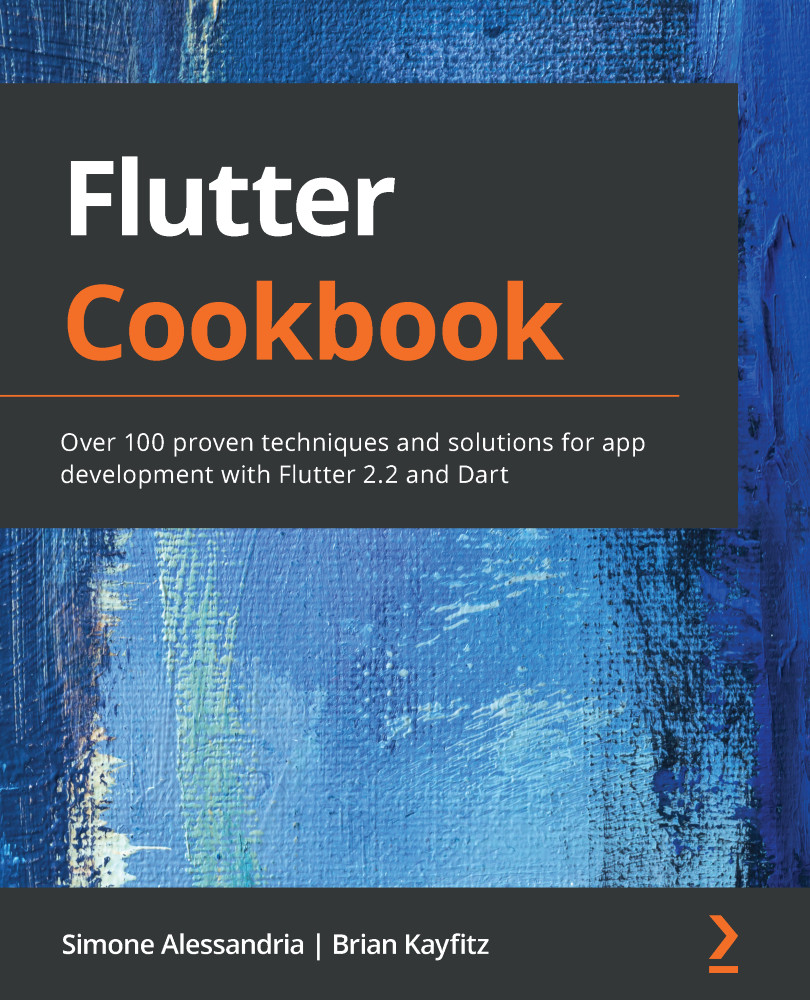Believe it or not, Flutter originally started as a fork of Chrome with a simple question – how fast can the web go if you don't worry about maintaining over 20 years of technical debt? The answer to that question is the blazingly fast mobile framework that we love. Now Flutter is returning to its roots and once again running on the web. There are many other places where people are experimenting with Flutter, including Desktop, ChromeOS, and even the Internet of Things (IoT). Eventually, it will get to a point where if your device has a screen, it will be able to run Flutter.
Since Flutter 2.0, developers can create mobile, web, and desktop apps: this means that you can create apps that work on iOS, Android, the web, Windows, macOS, or Linux with the same code base.
While you could use exactly the same design and code for all operating systems...


